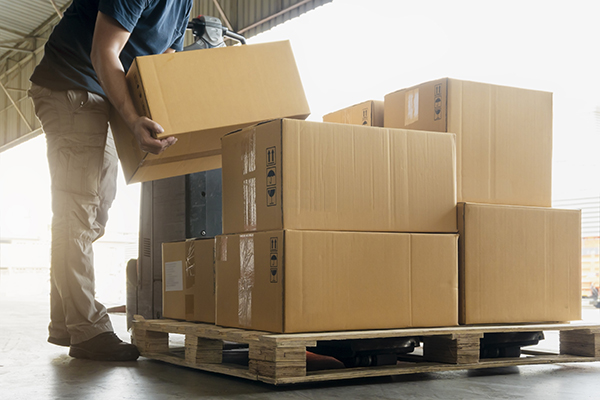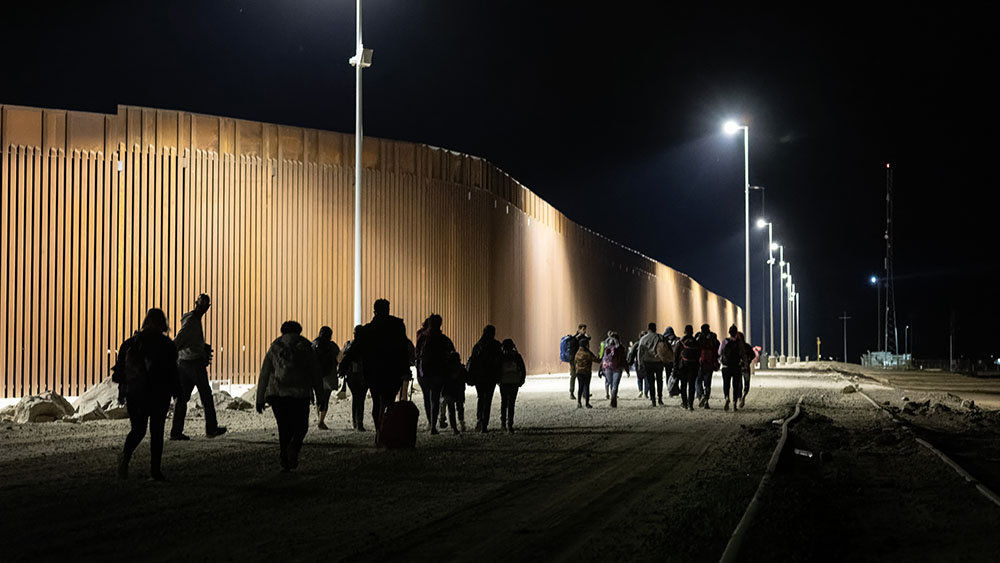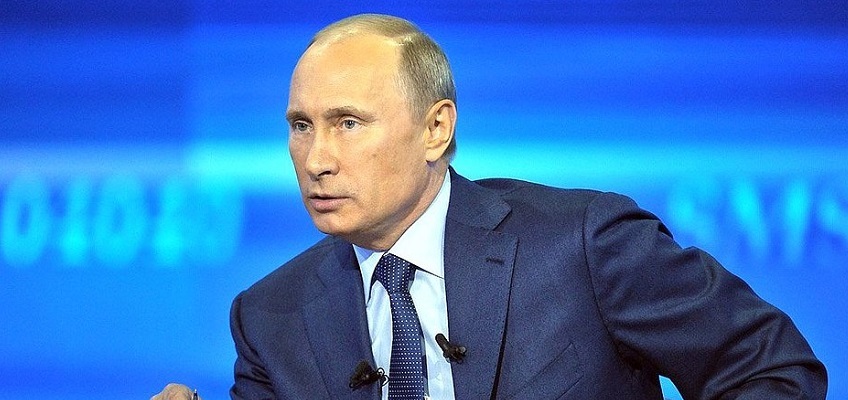
(Article by Brandon Smith republished from BirchGold.com)
The word “regionalization” is basically another way to describe decentralization, a concept which the UPS representative obviously did not want to dive into. Almost every trade expert and industry insider admits that supply chain problems are going to persist into the foreseeable future, and some are starting to also admit (in a roundabout way) that localized production and trade models are the key to economic survival.
Think globally, source locally
Localized production and trade are two challenges I and many other alternative economists have been talking about for a decade or more. The globalist dynamic of interdependency is a disaster waiting to happen, and now it’s happening.
Without decentralized mining of raw materials, local manufacturing, locally sourced goods, local food production and locally integrated trade networks there can be no true stability. All it takes for the system to implode is one or two crisis events, and the economy’s ability to meet public demand stagnates. The system doesn’t completely stop, but it does slowly shrivel and degrade.
We’ve seen examples of this recently…

Who can forget the saga of the Ever Given which halted traffic through the world’s most vital chokepoint for six days?
More recently, the war in Ukraine has been the scapegoat for supply chain disruptions, but these issues started long before that. Years of central bank stimulus and fiat money creation have triggered the inevitable landslide of inflation/stagflation that alternative economists have been warning about. Price inflation is a direct contributor to production declines and supply chain disruptions because costs continually rise for manufacturers. Also, wages of workers cannot keep up with rising prices, inspiring many employees to quit and look for work elsewhere. All of this leads to less supply, or slower production and thus, even higher prices.
We were right, the mainstream media was wrong. Or they lied.
Malice or incompetence?
When he finally admitted that he was wrong on inflation, Paul Krugman claimed that “no one saw this coming.”
Sound familiar?
This is the same thing mainstream economists said after the credit crash of 2008. It was a lie back then and it’s a lie now.
Plenty of people saw it coming; we’ve been repeating our warnings for years, but they didn’t want to listen or they did not want us to be heard.
Krugman is perhaps the worst and most arrogant liberal economist mouthpiece in the US, and though he belatedly acknowledged the inflation and supply chain threat after arguing for the past two years that it was “transitory,” he now claims that the traditionally accepted indicators of recession “don’t matter” anymore and that there is no downturn.
How many times can this guy be proven ignorant and still keep his job?
It’s this kind of disinformation that keeps the public in the dark on what is likely to happen. Maybe it’s because of stupidity and ego, or maybe it’s a deliberate attempt to keep the population docile (I say it is deliberate). In either case the American people are being put in great danger when it comes to the false narrative on inflation and the supply chain. The longer they are led to believe the disaster will simply go away on its own, the less time they have to prepare.
Prepare how, though? I’ve covered that extensively here. It’s up to you to ensure the security and wellbeing of yourself and your family. Eliminate dependencies where you can, source locally where you can’t. Making sure your financial security isn’t completely dependent on the whims of the Federal Reserve is a good consideration, as well. Since the days of the Roman Empire, high-value, easily-portable physical precious metals which are also untraceable, uninflatable and don’t rely on a first-world infrastructure to retain their value, have been seen as the ultimate safe havens. I doubt that will ever change.
The bottom line is this: Things are only going to get worse from here on. Maybe slowly, or maybe quickly depending on a handful of factors.
Read more at: BirchGold.com
Please contact us for more information.




















